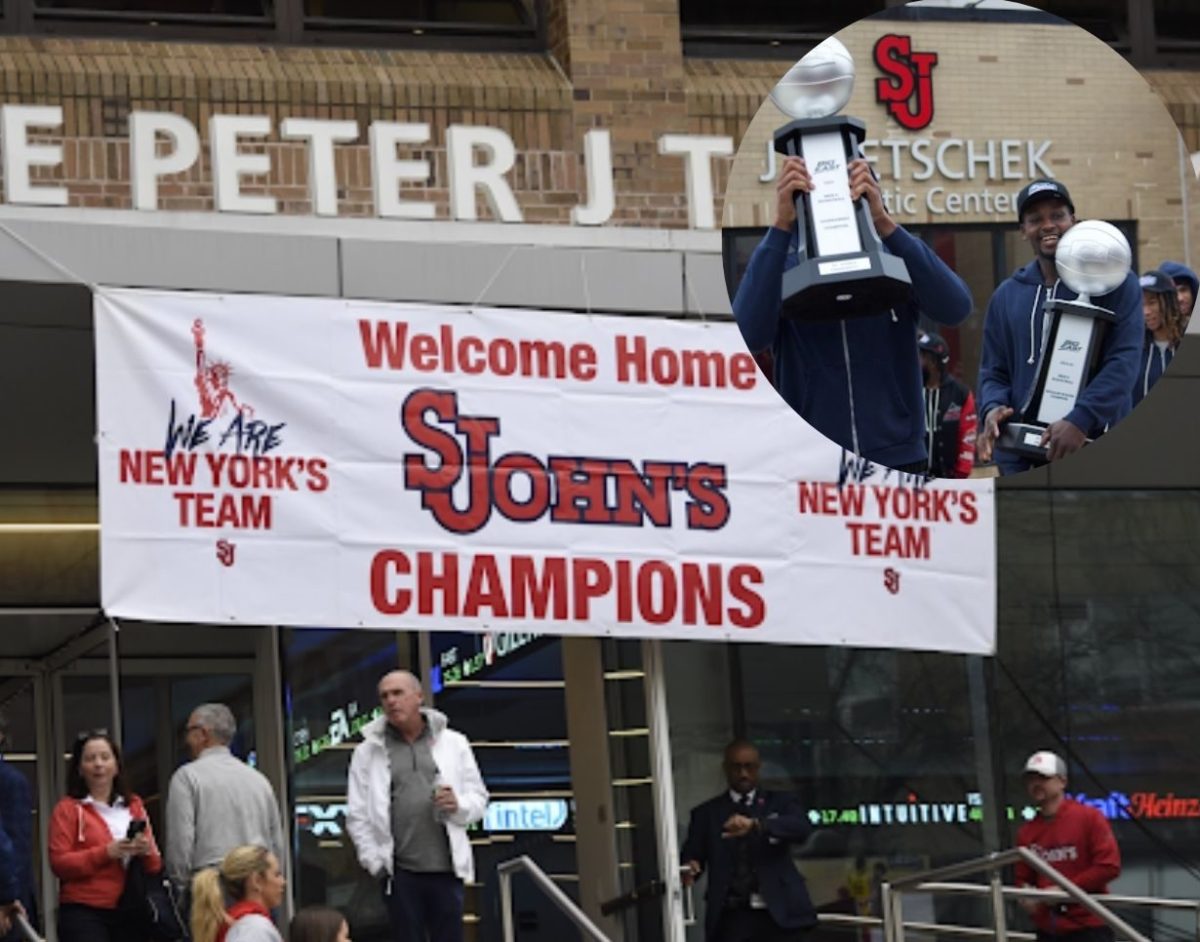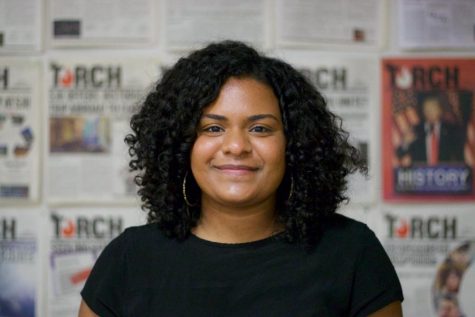Nov. 13 marked one week since the United States midterm election.
At the one-week mark, St. John’s students gathered in the D’Angelo Center to discuss the outcome of the election and what will come next.
Dr. Diane Heith, professor and chair of the Department of Government and Politics, conducted the post-election discussion, focusing on voter turnout.
Students asked questions and shared their opinions on the election and what it means for the future, including the upcoming presidential election in 2020.
“I never used to do midterms because let’s face it, no one really cared,” Heith said. “[This] is either the most important midterm we’ve ever had or it’s the most overhyped midterm we’ve ever had.”
With results from the election still coming in as recently as Monday evening in states like Arizona, Heith examined up-to-date graphics and exit poll data regarding voter turnout.
It is estimated that nearly 113 million people voted in the midterm, making this the first midterm election in history to exceed 100 million voters, according to CBS News.
In 2010, during the first midterm of former President Barack Obama’s tenure, 41 percent of voters who were eligible to vote participated.
States like Georgia and Texas saw voter turnouts higher than they have ever been in the last thirty years.
In this election, 49 percent of eligible voters participated, compared to just 36 percent in 2014.
That number was among the lowest in American history.
The election itself was characterized by a rise in women and minorities elected, including New York’s own Alexandria Ocasio-Cortez, the 29-year-old who became the youngest woman ever elected to Congress.
Women now make up 23 percent of Congress, with four women of color in the Senate and 35 non-incumbents — those who did not previously hold office — in the House of Representatives.
“The way women were being described this year were much more about qualifications and job experience than in the the past,” Heith said. “That’s a good thing because it takes gender off the table.
“Fundamentally, was this the year of the women? You could say that, but what it really was was the year of the nontraditional candidate, the non-white male candidate. Race, religion, gender are no longer limiting factors to running,” she said.
If anything can be said of the a discussions about this midterm election, it is that it is not just about presidential elections going forward.
“It’s not just the presidency, we tend to focus on the presidency every four years but… these things are going to be important and these races will continue to be important.” Heith said. “This is the thing that people love and hate about American politics — it always matters.”









